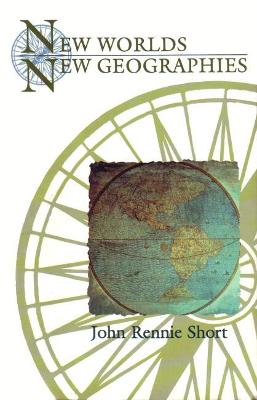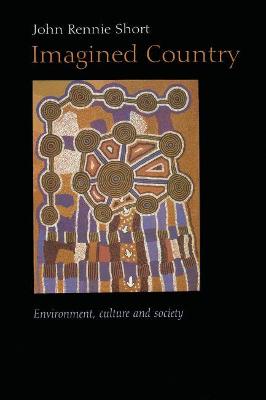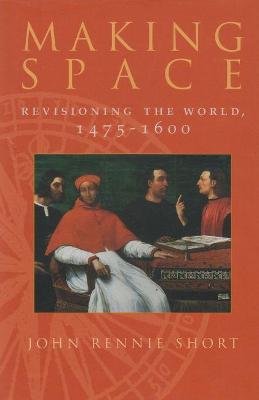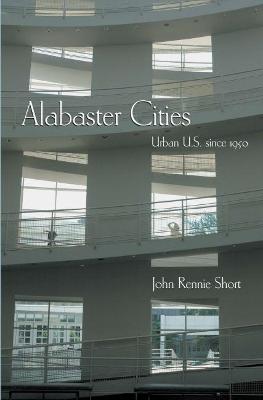Space, Place and Society
4 total works
In this text, John Rennie Short connects global change, urban transformation and scholarly integrity. He elucidates the struggles of governments and individuals to situate themselves within the changing nation states and the restructurings of urban spaces into a type of global village.
This volume explores the relationship between siciety and the physical world through representation - the artistic re-creation of the physical world - which reflects interpretation.
In his latest work, John Rennie Short reveals how the spatial discourses of the sixteenth century formed a remarkable revolution that changed the way the world was represented. The cosmos was bound in a sphere; the world was gridded and plotted, the globe navigated, and the land surveyed. Spatial practices were codified, a spatial sensitivity was created and a cartographic literacy was established in the increasing use of maps and the creation of a cartographic language for new mappings of the world, state, and city. Short establishes that such spatial revisioning is connected to the promotion of commercial and national interests. Developments in navigation, for example, were often encouraged and promoted both by the state and by merchant companies. Surveying was closely connected to the rising cost of land and to the increasing commodification of agriculture. The continuous price rise of land in the sixteenth century was an important factor in the rise of spatial practices of mapping and surveying. In addition, he highlights the role of the occult practices in the new spatial sciences. Astrology and alchemy were as important as astronomy and geometry.
With keen insight and exhaustive research John Rennie Short narrates the story of urban America from 1950 to the present, revealing a compelling portrait of urban transformation. John Rennie Short chronicles the steady rise of urbanization, the increasing suburbanization, and the sweeping metropolitanization of the U.S., uncovering the forces behind these shifts and their consequences for American communities. Drawing on numerous studies, first-hand anecdotes, census figures, and other statistical data, Rennie's work addresses the globalization of U.S. cities, the increased polarization of urban life in the U.S., the role of civic engagement, and the huge role played by the public sector in shaping the character of cities. With deft analysis, the author weaves together the themes of urban renewal, suburbanization and metropolitan fragmentation, race and ethnicity, and immigration, presenting a fascinating and highly readable account of the U.S. in the second half of the twentieth century.



